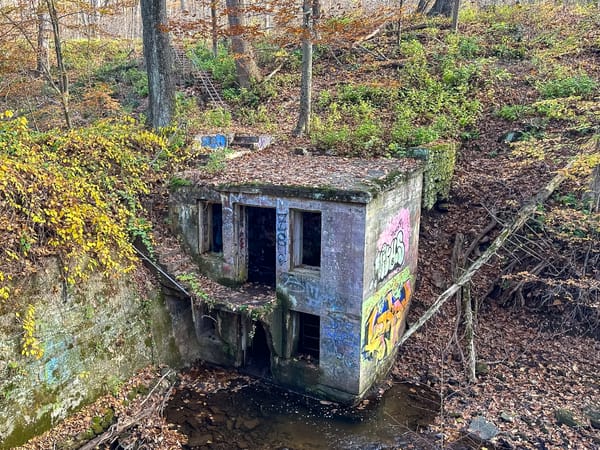Battery Sedgwick (Dutch Island, RI)
Battery Sedgwick stands as one of Rhode Island’s most impressive remnants of the Endicott Era. It is now abandoned.

Rising quietly from the overgrown interior of Dutch Island off Jamestown, Rhode Island, the abandoned Battery Sedgwick stands as one of New England’s most impressive remnants of the Endicott Era. Once part of Fort Greble and the Harbor Defenses of Narragansett Bay, this massive mortar battery was designed to unleash devastating firepower across the approaches to Newport Harbor and the Providence River.
Today, its crumbling concrete corridors and flooded mortar pits have been reclaimed by nature, offering explorers a haunting glimpse into America’s early-20th-century coastal-defense network.
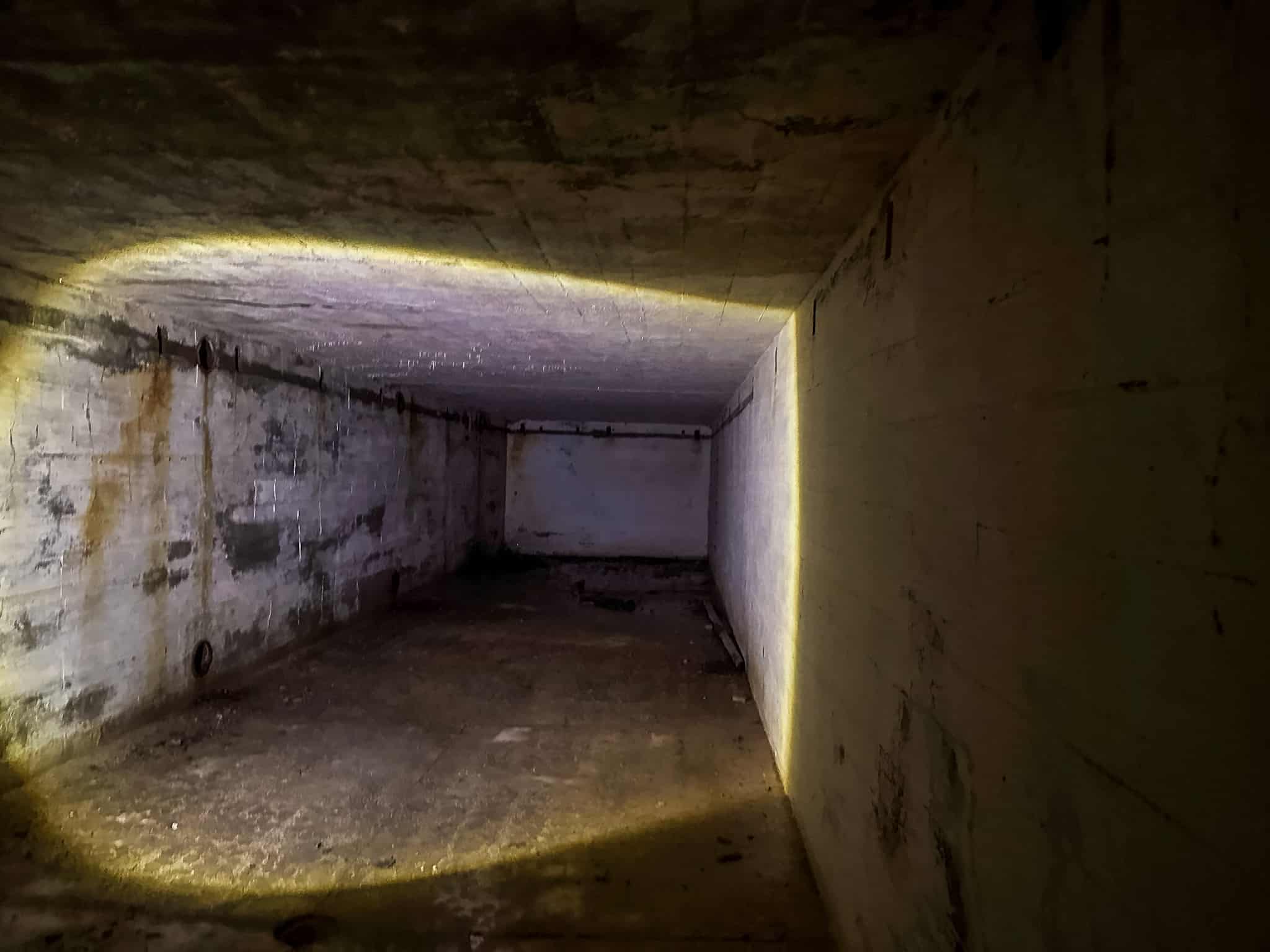
The Birth of Battery Sedgwick and the Endicott Era
By the late 19th century, traditional brick forts and smoothbore cannons were relics of a vanished age. To modernize America’s coastal defenses, the Endicott Board of 1885 called for a system of concrete batteries armed with heavy, long-range artillery.
As part of this modernization, the U.S. Army selected Dutch Island — a strategic outpost guarding the western entrance to Narragansett Bay — for a new fortification: Fort Greble. Construction of Battery Sedgwick began soon after and was completed by the early 1900s.
The battery was named in honor of Major General John Sedgwick, a respected commander who fought in the Mexican-American War and was later killed at Spotsylvania Court House during the U.S. Civil War.
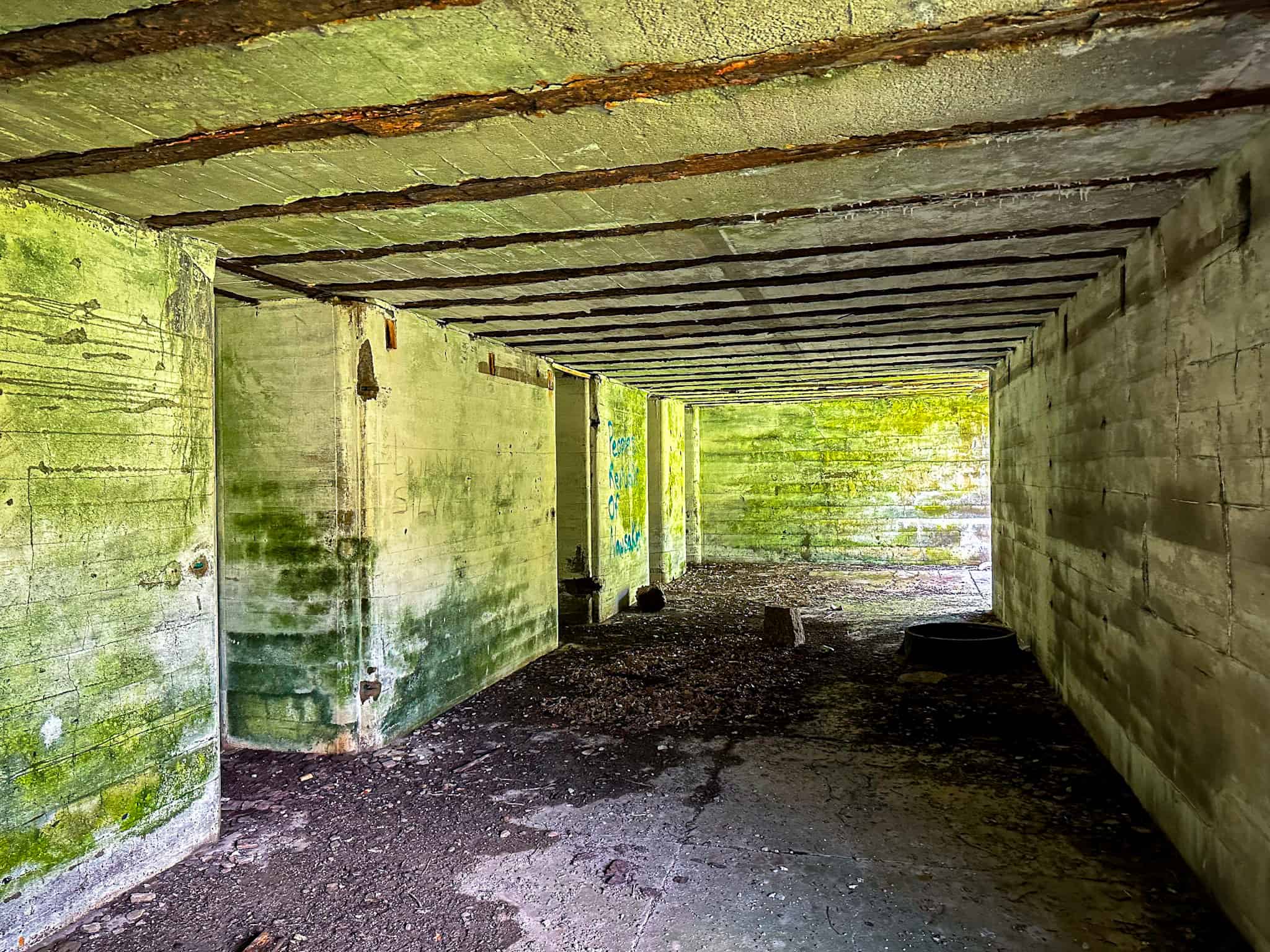
Design and Armament
Completed around 1901, Battery Sedgwick represented the pinnacle of Endicott-Era engineering. The reinforced-concrete structure housed eight 12-inch M1890MI mortars, each mounted on M1896MI mortar carriages.
- Two massive mortar pits, each holding four mortars, allowed for concentrated volleys of fire.
- The guns could hurl 1,000-pound projectiles up to 10 miles, easily reaching any vessel entering Narragansett Bay.
- Powder and shells were stored in nearby underground magazines, protected by thick concrete and earthen berms.
- The battery operated with power from an on-site emplacement plant, which also supported lighting and shell-handling systems.
When fired in coordinated salvos, these mortars could saturate an enemy ship’s deck with plunging fire — a revolutionary tactic for the early 1900s.
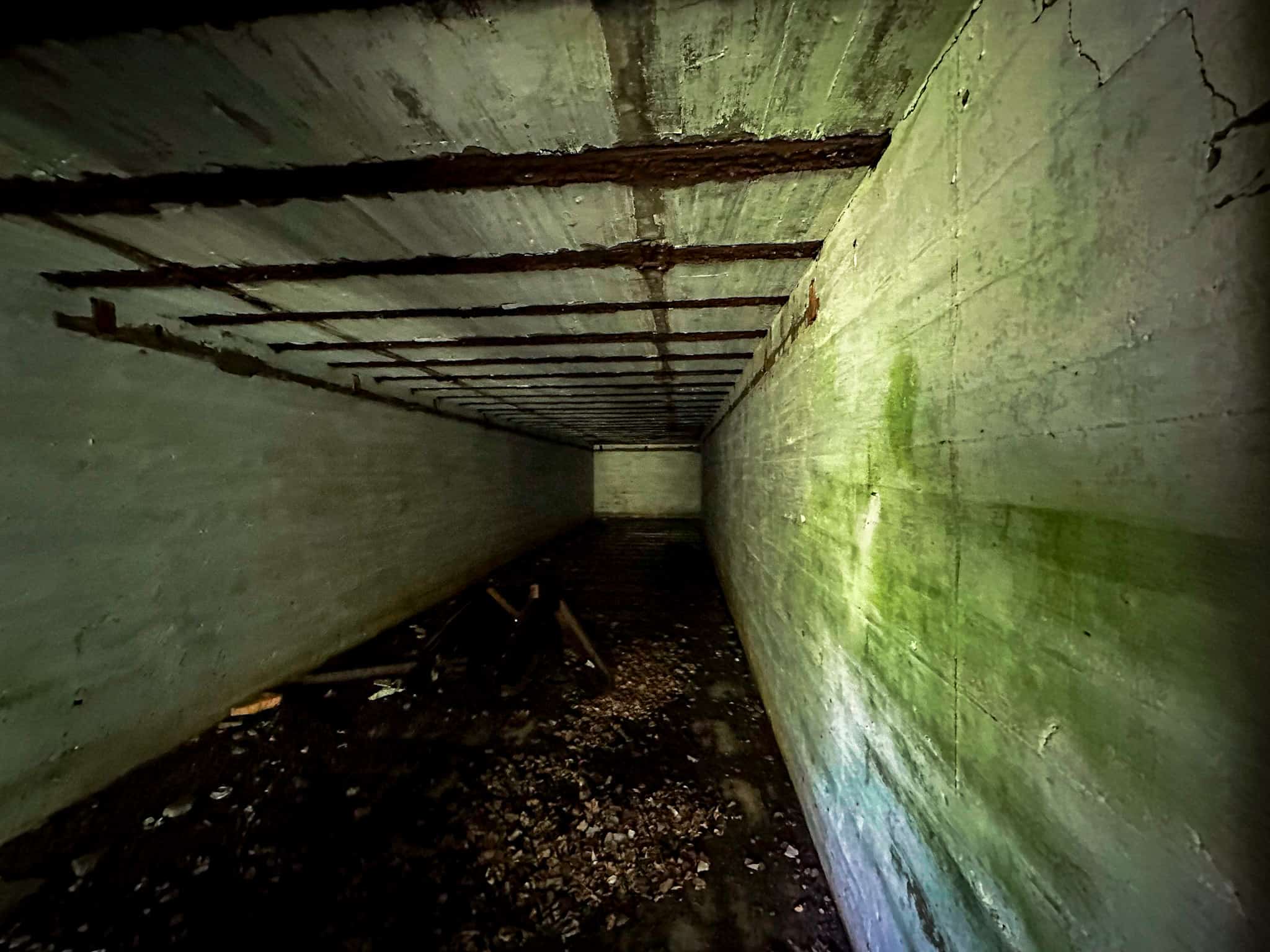
World War I and the Removal of the Mortars
During World War I, America’s focus shifted from fixed coastal defenses to mobile warfare abroad. In 1918, the Army ordered four of Battery Sedgwick’s eight mortars dismounted and shipped to support the European campaign.
After the war, changing technology rendered large fixed mortars increasingly obsolete. The surviving mortars remained on Dutch Island but saw little use, and maintenance gradually declined.

World War II and Abandonment
By the early 1940s, the great mortar batteries of the Endicott Period had become relics. New long-range naval guns, radar, and aircraft made their slow-firing counterparts redundant.
In 1942, the last of Battery Sedgwick’s mortars and carriages were ordered scrapped as part of the nationwide World War II metal salvage drive. When Fort Greble was officially deactivated soon after, Battery Sedgwick was left to the mercy of time and weather.
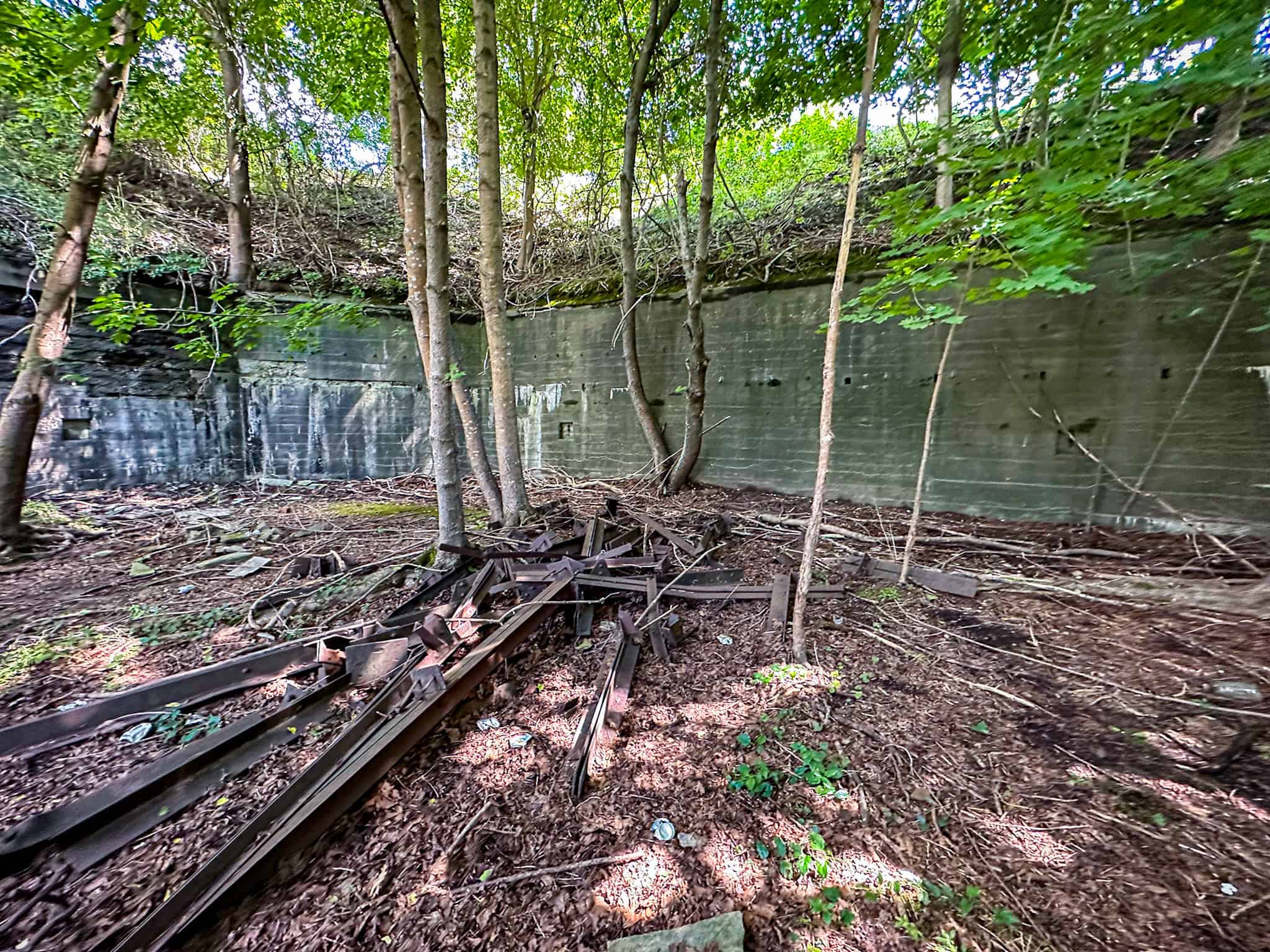
Battery Sedgwick Today
Today, Battery Sedgwick lies hidden within the Dutch Island State Wildlife Management Area, surrounded by thick brush and coastal forest. Although its guns are long gone, the structure remains remarkably intact.
The circular mortar pits — now partly flooded and filled with vegetation — still reveal the massive scale of the fortification. Concrete magazines and corridors stretch beneath the earth, and connecting tunnels hint at the complex operations that once took place here.
Surprisingly, the site has remained largely untouched by graffiti, a testament to its isolation. The battery’s solitude and stillness make it one of Rhode Island’s most atmospheric historic ruins.

Visiting Battery Sedgwick
Reaching Battery Sedgwick is an adventure best suited for experienced explorers. The site is accessible only by boat, typically launched from Fort Getty State Park in Jamestown. From there, it’s a short paddle across the bay to Dutch Island.
Once ashore, prepare for a challenging hike through dense, overgrown vegetation. Expect thorny brush, uneven terrain, and plenty of ticks. Long pants, sturdy shoes, and bug spray are essential.

Visitor Information
- 📍 Address: Dutch Island, Jamestown, Rhode Island
- 🌐 GPS Coordinates: 41.505528, –71.400139
- 🚤 Access: By boat, kayak, or paddleboard (from Fort Getty State Park)
- 🪶 Distance from Shore: Approx. 0.3 mile trek through dense brush
- 🅿️ Parking: Available at Fort Getty State Park (summer fee applies)
- ⚠️ Caution: Unmaintained structure — enter at your own risk
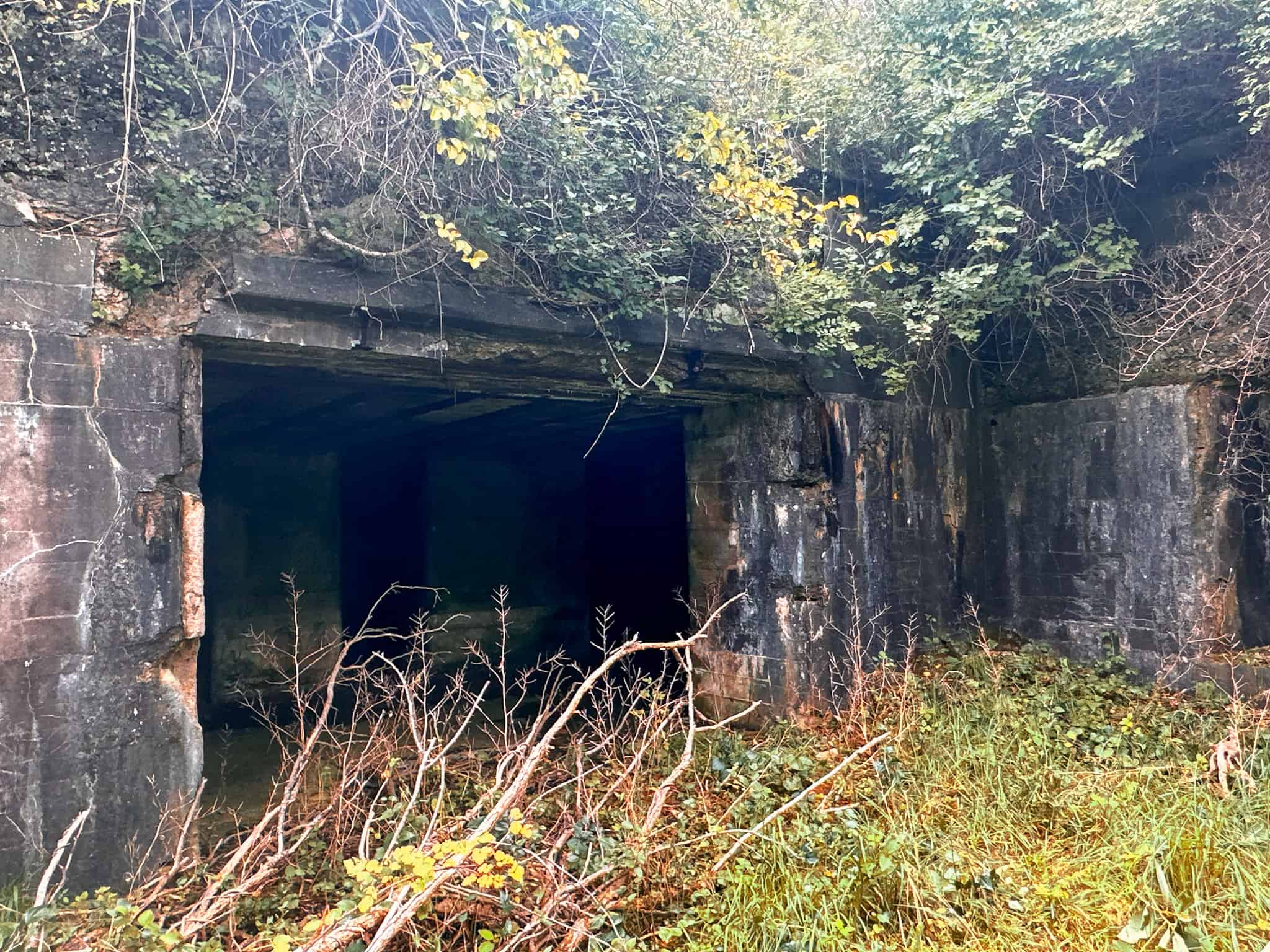
Why Battery Sedgwick Matters
Battery Sedgwick was among the most powerful mortar batteries ever constructed in Rhode Island, symbolizing a turning point in America’s coastal defense strategy. Its massive firepower, concrete design, and hidden location tell the story of a nation preparing for threats that never arrived.
More than a century later, the battery’s cracked walls and flooded pits remind us that even the strongest fortifications eventually yield to nature. For those who make the journey, it offers both a physical challenge and a deep, almost spiritual connection to Rhode Island’s military past.

Quick Facts
- 🏗 Construction Completed: Circa 1901
- ⚙️ Armament: Eight 12-inch M1890MI mortars on M1896MI carriages
- 💣 Range: ~10 miles with 1,000-lb projectiles
- ⚡ Power Source: On-site emplacement power plant
- 🕰 Partial Dismounting: 1918 (WW I)
- 🔧 Guns Removed: 1942 (WW II scrap drive)
- 🏞 Now Part Of: Dutch Island State Wildlife Management Area
- ⚠️ Access: By boat only; heavily overgrown
Final Thoughts
Exploring Battery Sedgwick is like stepping into another century — a place where rust, rain, and roots weave together the remnants of America’s coastal-defense heritage. It is a site few will ever reach, but for those who do, the experience is unforgettable.
The echo of footsteps through empty mortar pits and the sweep of Narragansett Bay beyond are reminders that history, though abandoned, never truly disappears.



